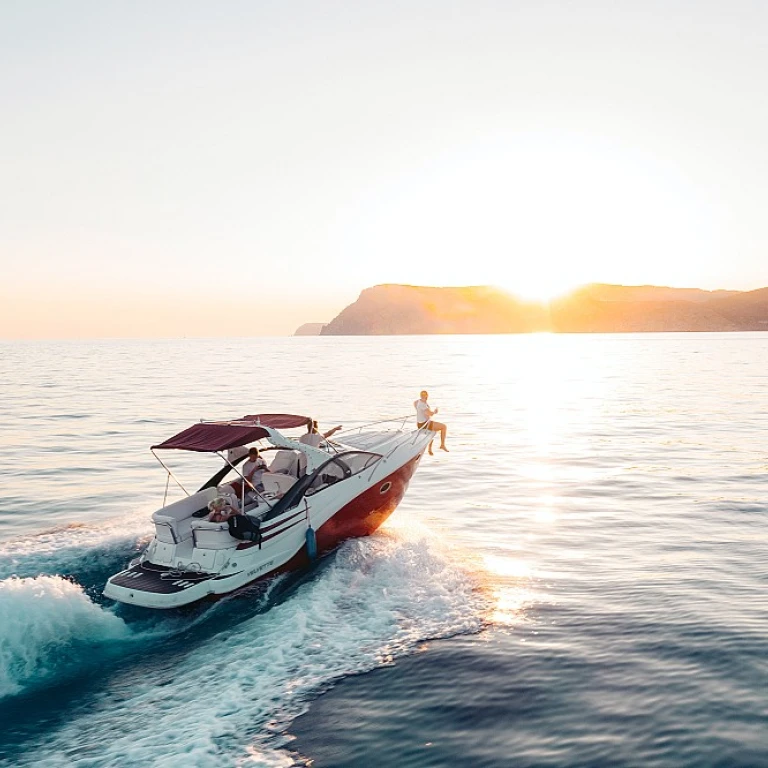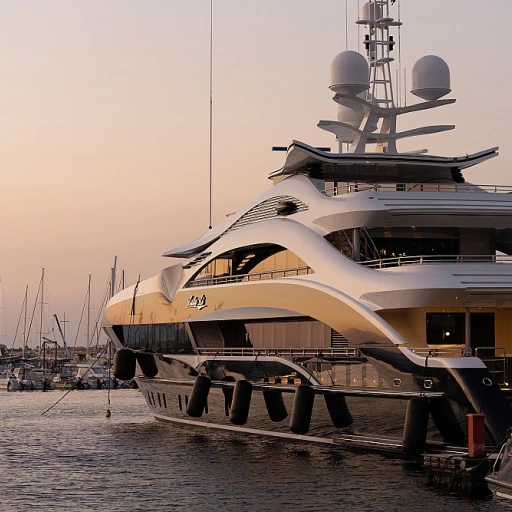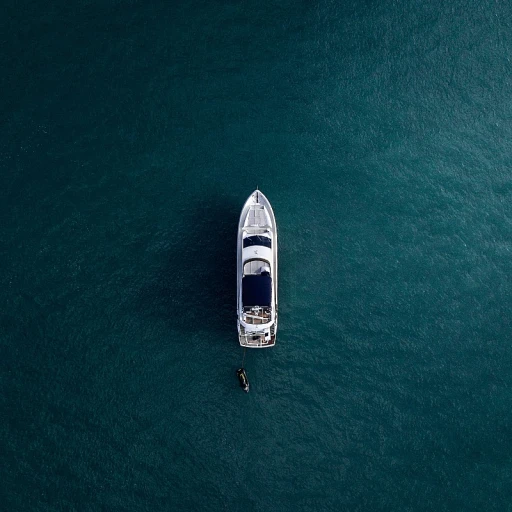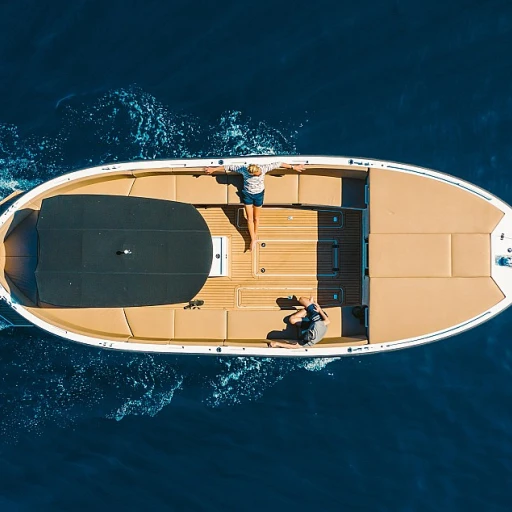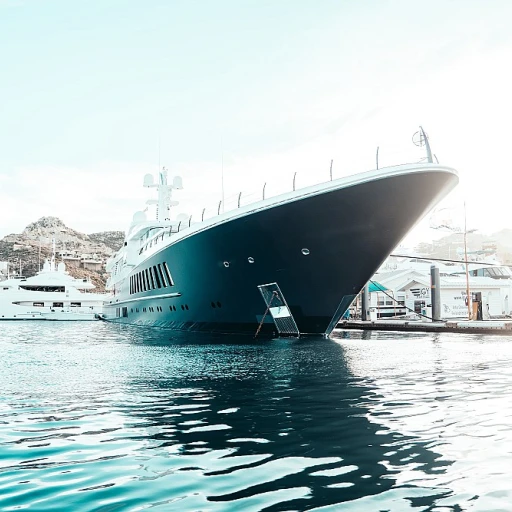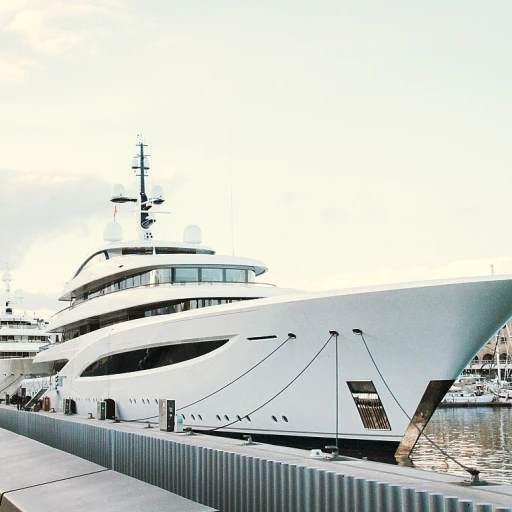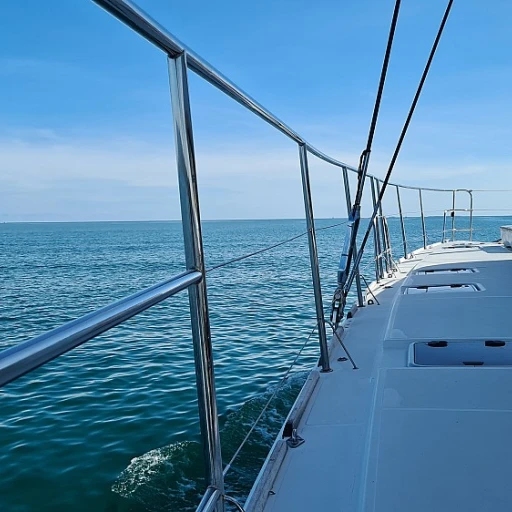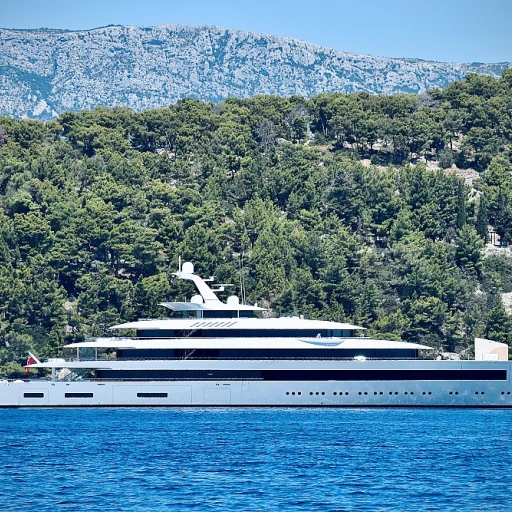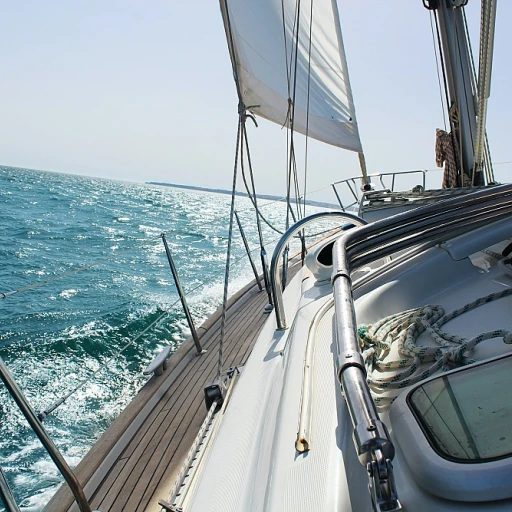
Understanding the Importance of a Pontoon Ladder
{Why Pontoon Ladders are Essential for a Smooth Sailing Experience
In the world of boating, ensuring you have the right accessories is crucial for a safe and enjoyable experience. One such indispensable accessory for a pontoon boat is the pontoon ladder. Whether you have a deck ladder or a folding pontoon version, it significantly enhances accessibility to your vessel, catering to both functionality and safety. The primary purpose of a pontoon ladder is to ease boarding and exiting, whether you’re moored at a dock or anchored in a favorite swimming spot. Imagine enjoying a refreshing dip in the water and needing a sturdy support to climb back aboard; a well-chosen pontoon swim ladder makes all the difference. The convenience of a carefully selected boat ladder ensures you're not just making an expensive purchase, but a wise investment. A sturdy ladder deck, ideally made from stainless steel or aluminum, withstands the harsh marine environment, reducing the likelihood of rust and corrosion. Moreover, features like telescoping or folding options in ladders mean you can save space when not in use. For those who prioritize safety, wide steps or wide-step ladders provide additional comfort and stability to prevent slips. Additionally, considering the pontoon ladder as part of your broader boating equipment contributes to the overall safety of the passengers. With multiple step configurations available, from step folding designs to ladder step models with extra grip, picking the right product involves evaluating the distance from the dock to the boat deck and matching that with the ladder's length. When purchasing, always assess price versus quality. In marine settings, a slightly higher price for a robust ladder stainless steel option offers longevity and minimizes frequent replacements. Make sure to examine products in detail before buying to align with your needs. For those interested in understanding more about handling boating accessories, bringing additional knowledge to your nautical adventures, consider exploring this comprehensive examination of how windlasses can enhance your seafaring ventures.Types of Pontoon Ladders and Their Features
Discovering the Best Ladder for Your Pontoon Boat
When it comes to enhancing your yacht experience, choosing the right ladder for your pontoon boat requires understanding the different types available and their features. This section will guide you through the various ladders, helping you make an informed decision for your marine adventures.
Ladders come in a diverse range catering to various needs. Whether you own a pontoon, sail, or motorboat, there's a ladder designed for you. Let's take a closer look at the types:
- Folding Pontoon Ladders: Perfect for those looking to save space when the ladder is not in use. These ladders have steps that fold neatly onto the deck, offering convenience during storage.
- Telescoping Ladders: These are favored for their compact, extendable features. A telescoping ladder provides easy accessibility, making it an excellent option for those with limited space on their docks or decks.
- Wide Step Ladders: For added comfort and safety, wide step ladders provide extra foot space, which enhances stability as you board your boat. Ideal for families or those frequently using the ladder.
- Stainless Steel Ladders: Known for their durability and resistance to the harsh marine environment, stainless steel provides longevity, though the price may be higher than other materials.
- Aluminum Ladders: Lightweight yet sturdy, aluminum is often cheaper yet effective for most recreational uses. These ladders typically offer good durability without breaking the bank.
To ensure you're choosing the best option for your needs, consider the environment your ladder will be exposed to, the number of individuals using it, and the ease of installation. Investing in the right pontoon swim stairs or deck ladder can make all the difference when it involves both daily enjoyment and long-term durability.
If you're interested in reading about more innovative boating solutions, exploring the benefits of drag-behind hydro generators may provide further insights into enhancing your overall yacht experience.
Choosing the Right Material for Durability
Opt for Durable Materials to Ensure Longevity
Choosing the right material for your pontoon ladder can significantly affect its lifespan and usability. Among the most common materials are stainless steel and aluminum, each with its unique advantages. Stainless steel ladders are known for their robustness and corrosion resistance, making them an excellent choice for marine environments. They maintain their sleek appearance and structural integrity even after prolonged exposure to water. While they tend to have a higher initial price, their durability often justifies the cost in the long run. Aluminum, on the other hand, offers a lightweight yet strong alternative. An aluminum pontoon ladder is relatively easier to handle and install due to its reduced weight. Its rust-resistant properties also make it a reliable option; however, it's crucial to opt for high-quality marine-grade aluminum to ensure longevity. Considering the specific needs of your pontoon boat is crucial. A stainless steel option might be ideal if your pontoon is docked in saltwater areas, given its superior resistance to salt-induced corrosion. For enthusiasts looking for a more portable solution, an aluminum ladder may be more suitable. In addition to material selection, you might want to explore the different styles available, such as telescoping or folding designs. Telescoping ladders offer convenience and space-saving without compromising on step accessibility. Meanwhile, folding designs can be a budget-friendly choice and are relatively straightforward to install. For further insights on choosing the most suitable pontoon ladder tailored to your needs, check out this guide on mastering the art of anchoring your pontoon. This will present additional aspects to consider, ensuring a holistic approach to enhancing your yacht experience.Installation Tips for Optimal Performance
Key Considerations for Proper Ladder Installation
Proper installation is crucial for ensuring the optimal performance of your pontoon ladder. Incorrect placement or securing of a ladder can lead to safety risks and potential damage. Here are some key steps and insights to guide you in the installation process:- Selecting the Perfect Spot: Consider the position on your pontoon boat where the ladder will have the least obstruction and most accessibility. Typically, ladders are installed at the front or side of the pontoon to facilitate easy access from the dock or water.
- Understanding the Ladder Structure: Evaluate whether you have a fixed step, folding pontoon ladder, or a telescoping design. Each has unique installation requirements. Boat ladders with a telescoping feature, for instance, often need extra space for proper functioning.
- Utilizing Marine-Grade Fasteners: When joining your ladder to the deck, stainless steel fasteners are preferred for their resistance to rust and corrosion, ensuring the ladder remains secure and durable.
- Ensuring Stability: For ladders like the folding pontoon ladder, stability can be especially crucial. Make sure all components are tightly secured to the deck, and consider add-ons such as wide steps to enhance user comfort.
- Professional Assistance: If uncertain, consulting a marine professional might be beneficial. They can provide detailed buy and installation advice to align with the specifications of your pontoon boat.
Maintaining Your Pontoon Ladder for Longevity
Keeping Your Pontoon Ladder in Top Shape
Maintaining your pontoon ladder is crucial for ensuring its longevity and optimal performance. Regular upkeep not only extends the life of your ladder but also enhances safety and functionality. Here are some essential tips to keep your ladder in excellent condition:
- Regular Cleaning: Saltwater and marine environments can be harsh on materials. Clean your ladder regularly with fresh water to remove salt, grime, and other residues. For stainless steel ladders, use a mild detergent to maintain their shine and prevent corrosion.
- Inspect for Wear and Tear: Regularly check your ladder for any signs of wear, such as cracks, loose joints, or rust. Pay special attention to the steps and joints, as these are common areas where damage can occur.
- Lubricate Moving Parts: If your ladder is a folding or telescoping model, ensure that all moving parts are well-lubricated. This will prevent them from seizing up and ensure smooth operation.
- Check Fastenings: Ensure that all screws, bolts, and other fastenings are tight and secure. Loose fastenings can lead to instability, which can be dangerous when boarding or disembarking your pontoon boat.
- Store Properly: When not in use, store your ladder in a dry place away from direct sunlight. This will prevent unnecessary wear and tear from environmental factors.
By following these maintenance tips, you can ensure that your pontoon ladder remains a reliable and safe addition to your boat. Regular maintenance not only protects your investment but also enhances your overall boating experience.
Safety Considerations When Using a Pontoon Ladder
Safety Tips for Your Pontoon Ladder Experience
- Inspect Before Use: Regularly check your boat ladder for any signs of wear and tear. Look for rust on stainless steel components, or any damage on aluminum parts. A periodic check ensures that your ladder is safe and ready to use.
- Secure Installation: Make sure the installation is robust. The ladder should be securely fixed to prevent it from moving when you're stepping on it. Follow the manufacturer's guidance on installation to avoid future issues.
- Use Wide Steps: Choosing a pontoon ladder with wide steps can provide a more stable experience when boarding or disembarking. This is an important feature to consider when evaluating different product options.
- Mind the Weight Limit: Every boat ladder has a recommended weight limit, so ensure it can accommodate all potential users. Overloading your ladder can lead to accidents.
- Consider Non-Slip Surfaces: Opt for a folding pontoon ladder with non-slip surfaces to improve grip, especially when the pontoons or decks are wet. This detail can significantly reduce the likelihood of slipping.
- Clear Communication: Clearly place safety messages on your pontoon boat for passengers. Inform everyone on board about ladder safety guidelines to maintain awareness for both experienced and new users.
- Proper Lighting: If you intend to use the ladder in low-light conditions, ensure adequate lighting around the dock and deck areas. This will help users see the steps clearly, reducing the risk of falls.
Ensuring that your pontoon ladder is used safely allows for an enjoyable marine adventure. Keep these points in mind to protect both you and your guests on every outing.

